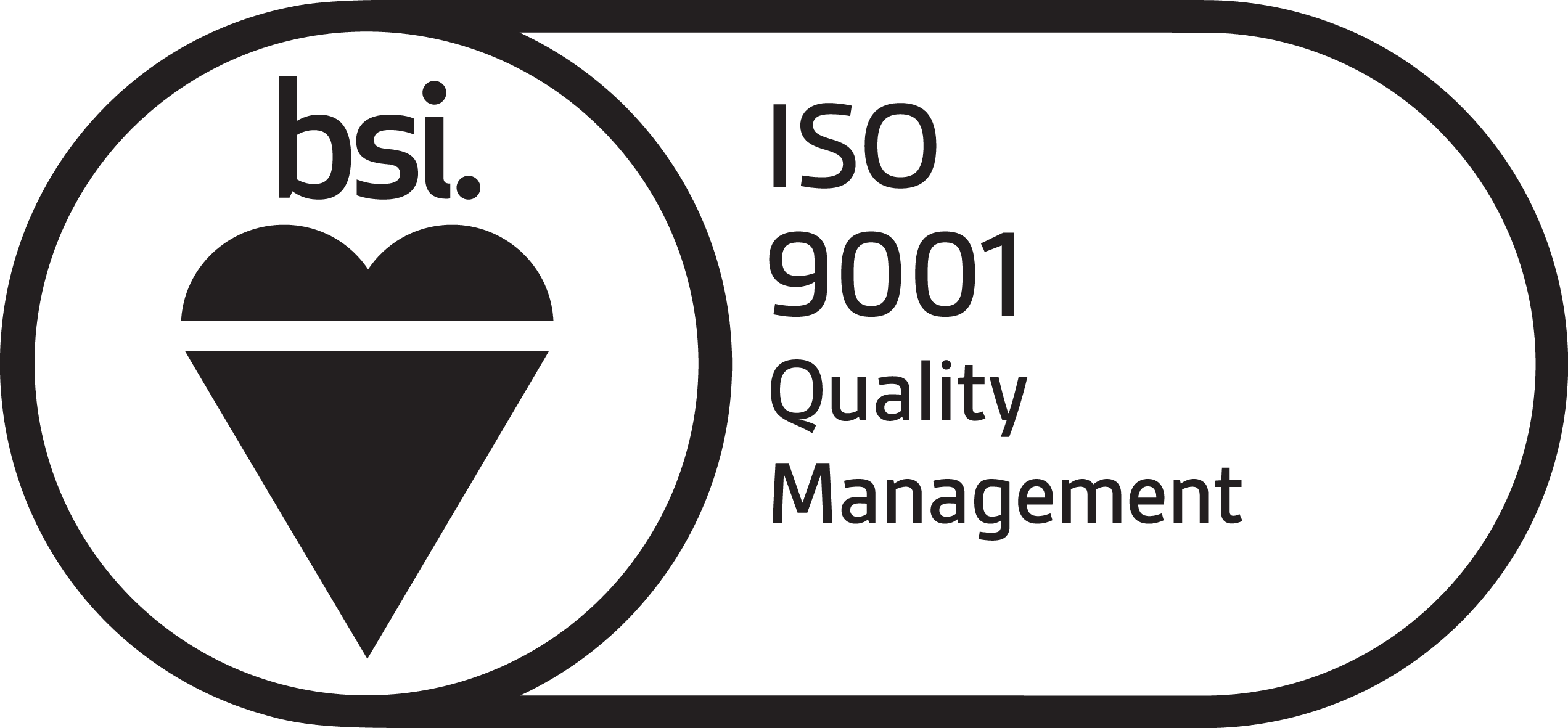New low cost FPGA devices provide the ability to re-use hardware and software like never before. With experience in Altera, Xilinx and Lattice we make full use of the latest developments in these devices to deliver new and exciting embedded systems. Our IP library and FPGA vendor independent development allow us to develop products fast that retain a competitive supply chain and flexible function after sale.
Flexible development
Many FPGA devices provide dedicated functional blocks such as DSPs. This means that the functional blocks of a system can be readily moved between software, compiled hardware, and DSP inside the FPGA development. In addition to the different types of implementation different parameters of each can be tested. For example, the application can be tested on many 8, 16 and 32 bit cores at different clock speeds to see what provides the best power consumption or lowest cost. We can fully develop and test the complete system before the first PCB is made.
Reduced Development Time and Risk
The number of hardware prototype cycles required to get a product to market can be significantly reduced. Due to the flexible development approach the first prototype need only be made after the system is fully working, tested and performance is understood. Also the actual PCB development contains less risk. The PCB consists of a number of interfaces either bought in or constructed from reference designs with the major parts of the development risk contained inside the re-programmable FPGA device.
It is possible to reduce development time and risk still further with the increasing number of commercial off-the-shelf (COTS) FPGA hardware development kits. If a suitable hardware platform can be found your product can be produced with no hardware development. Many suppliers are making generic products with combinations of I/O and FPGA devices. This can be used as a development or low volume production hardware platform with all product IP contained inside the FPGA.
Maintaining a market in your supply chain
Once a product is implemented in an FPGA based design the specific FPGA used can be changed for an equivalent part with minimal re-development time. This has made the FPGA market extremely competitive. In a conventional design, once a chip manufacturer is ‘sourced’ they can relax and need put no additional effort into maintaining their position. However with the ability to swap FPGA suppliers during production or even run suppliers in parallel the suppliers are motivated to ‘stay’ on your PCB. In a recent meeting with CCL one large FPGA supplier started the meeting by saying ‘We will better any like for like quote from any other supplier'.
Simplification of Logistics
Another advantage of the FPGA approach is that the PCB, although not simple, contains common interface blocks. This PCB could be used for many different products allowing for economies of scale and reducing complexity of logistics. The generic product can be manufactured in volume and only programmed with the product IP at regional distribution hubs or even at point of sale. Another advantage of this approach is the product IP can be more tightly controlled and need not be provided to ODMs or PCB manufacturing facilities.
IP Blocks
There has always been an active market for IP blocks. These are usually provided as VHDL or linked netlists that can be implemented into an ASIC, Structured ASIC or FPGA. This market has until recently been focused on chip manufacturers. With the increasing use of FPGAs in embedded systems this market has expanded and many companies produce IP for sale or free distribution. As with the selection of the FPGA device the IP blocks used can be changed at any time during development or even in the field. This allows for the addition or upgrade of new features and also possible on-going cost reduction options. This availability and market for direct IP has created some interesting business models as more conventional players in this market attempt to retain their ‘locked in' customer base. For example, FPGA manufacturers are including processors and IP blocks, often free of charge in some devices, in an attempt to lock their chip to a design. With so many free processors and IP blocks, an article in Electronics Weekly asked the question, “does anyone pay for processors any more?”

